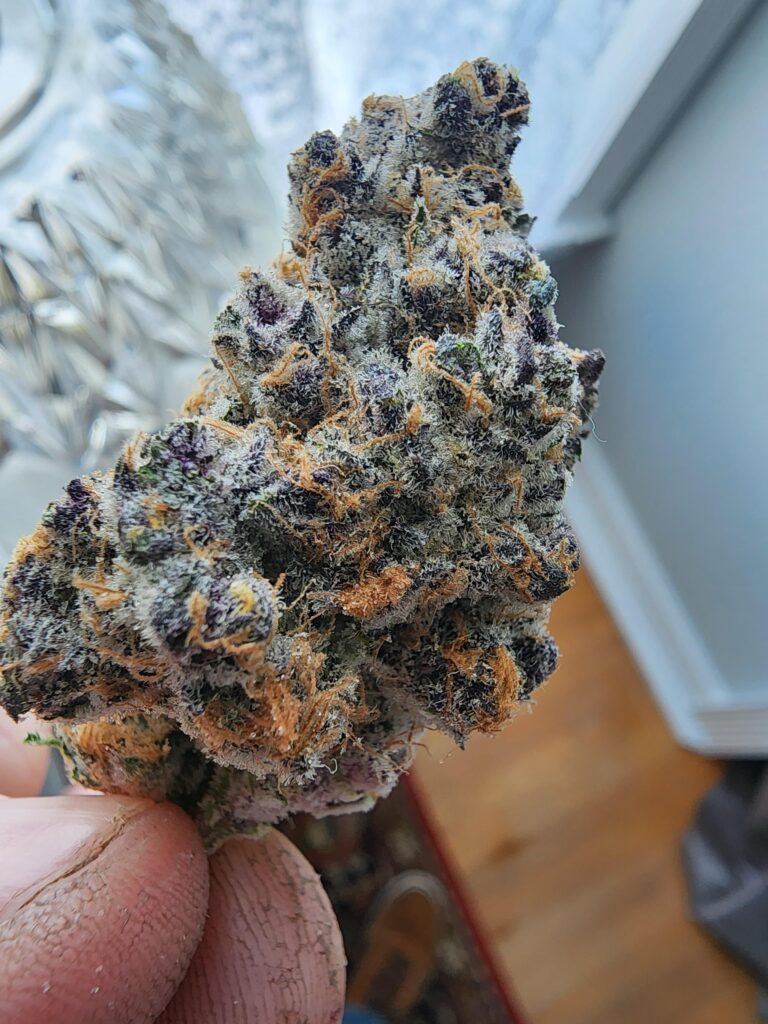Weed in Mu’aydhir Rawdat Rashid: A Growing Concern and Its Impacts on the Environment

Mu’aydhir Rawdat Rashid, a scenic area nestled in the desert landscapes of the Arabian Peninsula, has long been recognized for its unique natural beauty, rich biodiversity, and ecological importance. However, like many other regions across the globe, it is facing the growing issue of invasive plant species, particularly various types of weeds that threaten the delicate balance of its ecosystem. This article explores the increasing presence of weeds in Mu’aydhir Rawdat Rashid, its implications for the local environment, and the need for concerted conservation efforts to mitigate their spread. on Weed in Mu’aydhir Rawdat Rashid .
The Importance of Mu’aydhir Rawdat Rashid
Mu’aydhir Rawdat Rashid is located in a strategic part of the Arabian Peninsula, known for its seasonal wildflower blooms, native shrubs, and a unique collection of flora and fauna adapted to the harsh desert environment. The area is also significant for its geological features, making it a place of both ecological and cultural importance. Its biodiversity supports various wildlife, and it is a critical habitat for migratory birds, small mammals, and desert insects that rely on this fragile ecosystem.
Due to its arid conditions, the plants of Mu’aydhir Rawdat Rashid are particularly resilient and have evolved to survive in limited water and extreme temperatures. However, the natural harmony in the region is increasingly under threat from the encroachment of invasive plant species, most notably weeds.
The Rise of Weeds in Mu’aydhir Rawdat Rashid
Weeds, by definition, are plants that grow aggressively and out of place, often crowding out native species. In Mu’aydhir Rawdat Rashid, the rise of weeds can be attributed to several factors. Climate change is one significant factor, as rising temperatures and altered precipitation patterns create favorable conditions for some invasive plants to thrive, often at the expense of native vegetation. Additionally, human activity, such as agriculture and construction projects, has unintentionally introduced non-native plant species that have become invasive.
Some of the most common weeds in the region include sorghum (Sorghum halepense), goathead (Tribulus terrestris), and khubath (Cenchrus ciliaris). These plants are hardy and can spread rapidly, sometimes creating dense thickets that overwhelm indigenous plant species.
Ecological Impacts of Weeds
The presence of weeds in Mu’aydhir Rawdat Rashid poses numerous ecological challenges. These invasive species often compete for limited resources such as water, sunlight, and nutrients.
The loss of native vegetation can have a cascading effect on the entire ecosystem. Furthermore, the introduction of certain weeds can alter the soil composition, making it harder for native plants to regenerate.
Weeds can also change the fire dynamics of an area. Some invasive plant species are highly flammable, creating a fire hazard in the dry conditions of Mu’aydhir Rawdat Rashid. These fires can destroy both native and invasive vegetation, making it even more difficult for the natural ecosystem to recover.
Human and Economic Impacts
As the region is used for agricultural purposes, the spread of invasive plants can negatively impact crop yields.
Moreover, Mu’aydhir Rawdat Rashid has become a growing tourist destination due to its natural beauty. Efforts to control weeds in the region could help protect both its environmental and economic value.
Mitigation Strategies
Addressing the weed issue in Mu’aydhir Rawdat Rashid requires a multifaceted approach that combines ecological restoration with sustainable land management practices.
Another approach is the use of herbicides, although this needs to be done carefully to avoid harming native species. Furthermore, educating local communities and stakeholders about the risks posed by invasive species can help build support for conservation initiatives.
Finally, long-term monitoring and research are crucial to understanding the dynamics of weed growth in the region.
Conclusion
Mu’aydhir Rawdat Rashid, with its rich biodiversity and desert landscapes, is a treasure that needs careful protection.
You’re the best when it comes to marijuana products , always taking care of me. Definitely recommending you to my friends. Thanks for the quick delivery .Really happy with the product .As usual, it’s top-notch. Keep it up you. you can contact them on email Scenthub43@gmail.com and also there Telegram : https://t.me/Scenthub43
wow Thanks for the referral they have great service and got the best weed around. and the delivery is so smooth

Thanks for always being reliable! I can always count on you for good product.
You’re the go-to in the area for a reason. Always a smooth experience